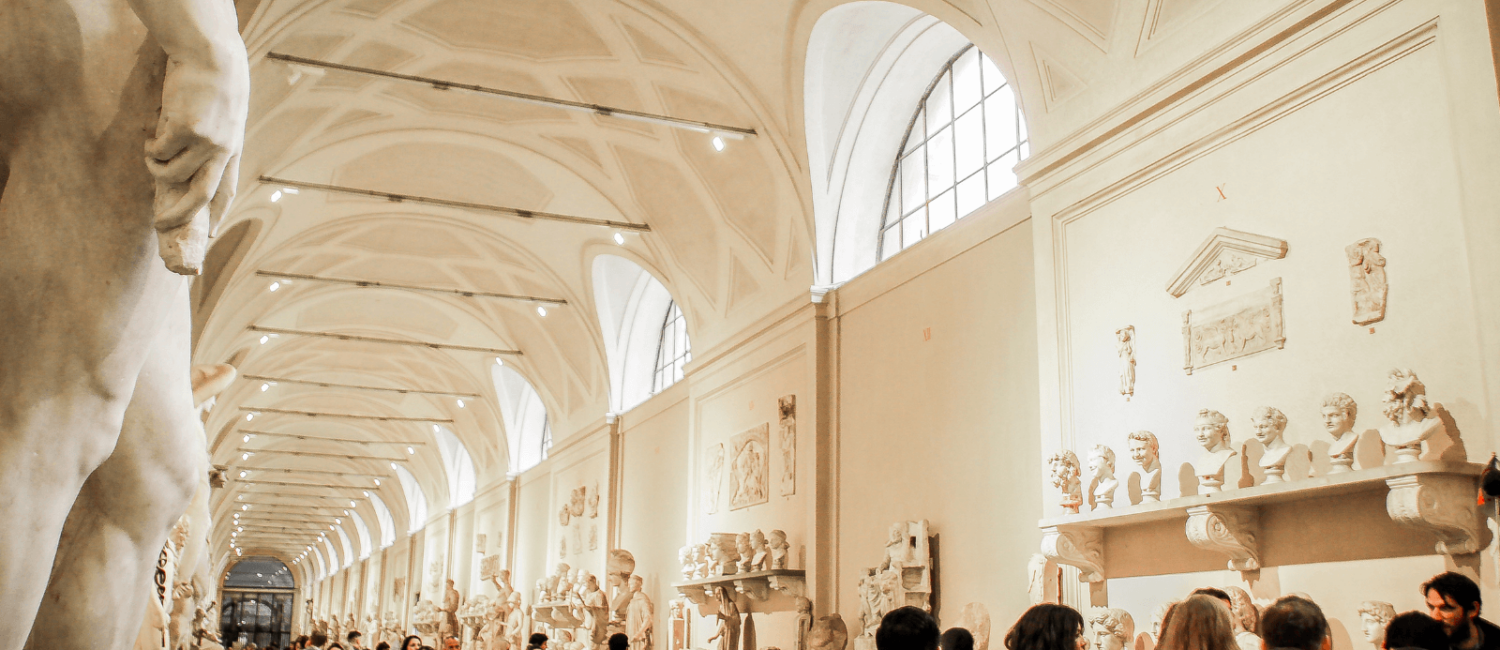Digital accessibility in museums is crucial to reach a wider audience and enhance engagement. Museums are not only repositories of art, history, and culture but also platforms for education, inspiration, and community engagement. To ensure that their offerings reach a diverse audience, it is crucial for museums to prioritize digital accessibility.
Museums boost visitor experiences and inclusivity by creating accessible digital content and platforms for individuals with disabilities. They also broaden their reach to underserved communities. This article delves into the significance of digital accessibility in museums. We will look at its advantages, and effective strategies to ensure inclusivity in their online presence.
Digitization deepens the public’s connect with art and culture
Inclusivity
Digital accessibility in museums allows equal access and engagement for individuals with disabilities. It ensures inclusivity by removing barriers and providing everyone with equal opportunities. Thus they can explore and enjoy the museum’s digital content, platforms, and resources.
Expanded audience reach
Museums can reach those who cannot physically visit the museum by implementing digital accessibility measures. Individuals with disabilities, live in remote areas, or with limited mobility can engage with the museum’s exhibits and resources online.
Enhanced visitor experience
Digital accessibility improves the overall visitor experience by offering accessible alternatives and accommodations. Features such as captions, transcripts, alternative text for images cater to the diverse needs and preferences of visitors. It ensures that everyone can fully comprehend and appreciate the museum’s content and storytelling.
Legal compliance and ethical responsibility
Many countries have regulations that mandate digital accessibility to ensure equal access and prevent discrimination against individuals with disabilities. By prioritizing digital accessibility, museums fulfill their legal obligations and demonstrate their commitment to ethical practices and social responsibility. It also helps museums avoid potential legal issues and fosters a positive reputation among visitors and stakeholders.
Four strategies to increase the reach of digital assets
Implement accessibility standards
Museums must follow recognized accessibility standards like WCAG when developing digital assets. These guidelines ensure accessible websites, applications, and multimedia content. Museums can make their digital assets compatible with assistive technologies, enabling individuals with disabilities to access them easily.
Provide alternative text and captions
Including alternative text and captions for videos and audio content is crucial for individuals with visual or hearing impairments. Museums should use descriptive text to provide meaningful descriptions of visual elements. This enables users with assistive technologies to understand and engage with the content effectively.
Use clear and consistent navigation
Creating a clear and consistent navigation structure helps users with disabilities navigate through the museum’s digital assets efficiently. Museums should employ clear headings, logical structures, and intuitive navigation for easy content discovery and access.
Conduct user testing and feedback
Museums should actively engage with individuals with disabilities during the development and design process of their digital assets. Conducting user testing and seeking feedback from users with diverse abilities can help identify accessibility barriers and areas for improvement. By incorporating user feedback, museums can make iterative enhancements to their digital assets, ensuring better accessibility for all users.
codemantra ensures seamless transition to digital
codemantra’s AI-powered solution efficiently digitizes and extracts information from documents, benefiting museums and galleries. It enhances accessibility, enabling remote access to ancient texts and rare artwork. This solution ensures digital accessibility compliance, mitigating legal and reputational risks in today’s landscape.
Among codemantra’s suite of solutions, their fast, accurate, and AI-powered document processing platform is highly relevant for museums and galleries. Once digitized, the benefits for museums and their visitors are enormous. Providing access to ancient tomes and rare printed art and literature has a profound impact on research, teaching, and learning.
codemantra provides a dependable and affordable solution for achieving digital accessibility compliance in today’s landscape. Albeit the absence of such compliance can result in legal and reputational risks.









